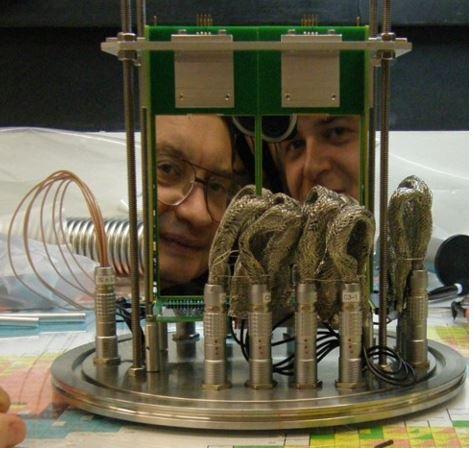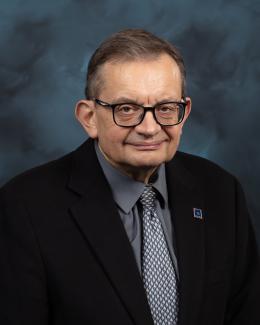Project Details

Understanding the extent and structure of the nuclear and atomic worlds is among the overarching goals of science. The 7th row of the Periodic Table was recently completed by adding new elements 113 nihonium (Nh), 115 moscovium (Mc), 117 tennessine (Ts) and 118 oganesson (Og), see, e.g., [1], but many important scientific questions remain:
What is the maximum number of protons and neutrons that a nucleus can hold?
Where is the end of the Periodic Table, and at what point do destructive Coulomb forces overcome the strong interactions that stabilize nuclei?
What are the characteristics of the Island of Stability for superheavy nuclei?
What are the properties and structures of the heaviest nuclei and atoms?
International scientific teams are addressing these questions in studies aimed at the discovery of new superheavy elements and nuclei and determining their properties. ORNL and UTK are key partners in these international collaborations focused on the discovery of new elements 119 and 120.

At RIKEN laboratory (Wako, Japan), a search for element 119 is under way by bombarding 248Cm (Z=96) actinide target material from ORNL [2] with an intense 51V beam (Z=23) at the new SRILAC accelerator. This experiment includes a new gas-filled separator GARIS-III at RIKEN and a digital detection system co-developed with ORNL/UTK. The beam energy was optimized experimentally by observing the distribution of the quasi-elastic scattering yields for a variety of heavy ion beams on the ORNL’s 248Cm target material [3]. Over 200 days per year have been allocated at RIKEN for this program and should enable production and observation of few decay chains, most likely of 295119 and 296119 isotopes which would decay into new isotopes 291Ts and 292Ts.
Now ORNL is participating in the experiments focused on the new element 120 and carried out at Lawrence Berkeley National Laboratory. The reaction of 50Ti +249Cf is planned to be used to identify isotopes of element 120. The test reaction 50Ti+244Pu has been investigated and the fusion-evaporation events have been observed.
1. Oganessian, Yuri Ts.; Rykaczewski, Krzysztof P., “A beachhead on the island of stability”, Physics Today, Vol. 68, 2015, 32.
2. “Actinide targets for the synthesis of superheavy nuclei”, Eur. Phys. Journal A 59, 304 (2023).
3. Tanaka, T; et al., “Study of Quasielastic Barrier Distributions as a Step towards the Synthesis of Superheavy Elements with Hot Fusion Reactions“, Phys. Rev. Lett., 124, 2020, 052502.
4. Rykaczewski, KP; Roberto, JB; Brewer, NT; Utyonkov, VK;“ORNL actinide materials and a new detection system for superheavy nuclei”NOBEL SYMPOSIUM NS 160 - CHEMISTRY AND PHYSICS OF HEAVY AND SUPERHEAVY ELEMENTS, Ed. Rudolph, D., EPJ Web of Conferences, Vol. 131, 2016, 05005.
Contact: Krys Rykaczewski (rykaczewskik@ornl.gov)


